
Mongolian Coffee & End Tables Living Room Furniture
Feb 12, 2017 at 13:14 You and I speak the same language, yet there's a good chance we're not the same 'race'. Why should that be so? - Feb 12, 2017 at 13:18 I never heard about Mongolic race,and racial classification has nothing to do with language. Also, Turkik languages are in the same language family as Mongolian.

Ulaanbaatar Mongolian Turkish School
How Different Are The Mongols From The Turkic Peoples?Watch Full Episode: https://www.youtube.com/watch?v=4qCJQA45aXc-----.

The National Dish is Tatar Cuisine. Preparation. Stock Photo Image of french, parmesan 235088808
Ari§ and arka: g occur in Turkish from the 8th. "the warp" and "the weft" on a loom; in some replaced by argaç from about the 14th century obviously derived from a verb *ar-> which has relevant meaning (there are two verbs a:r-9. tired" and "to deceive"). The earliest occurrence.
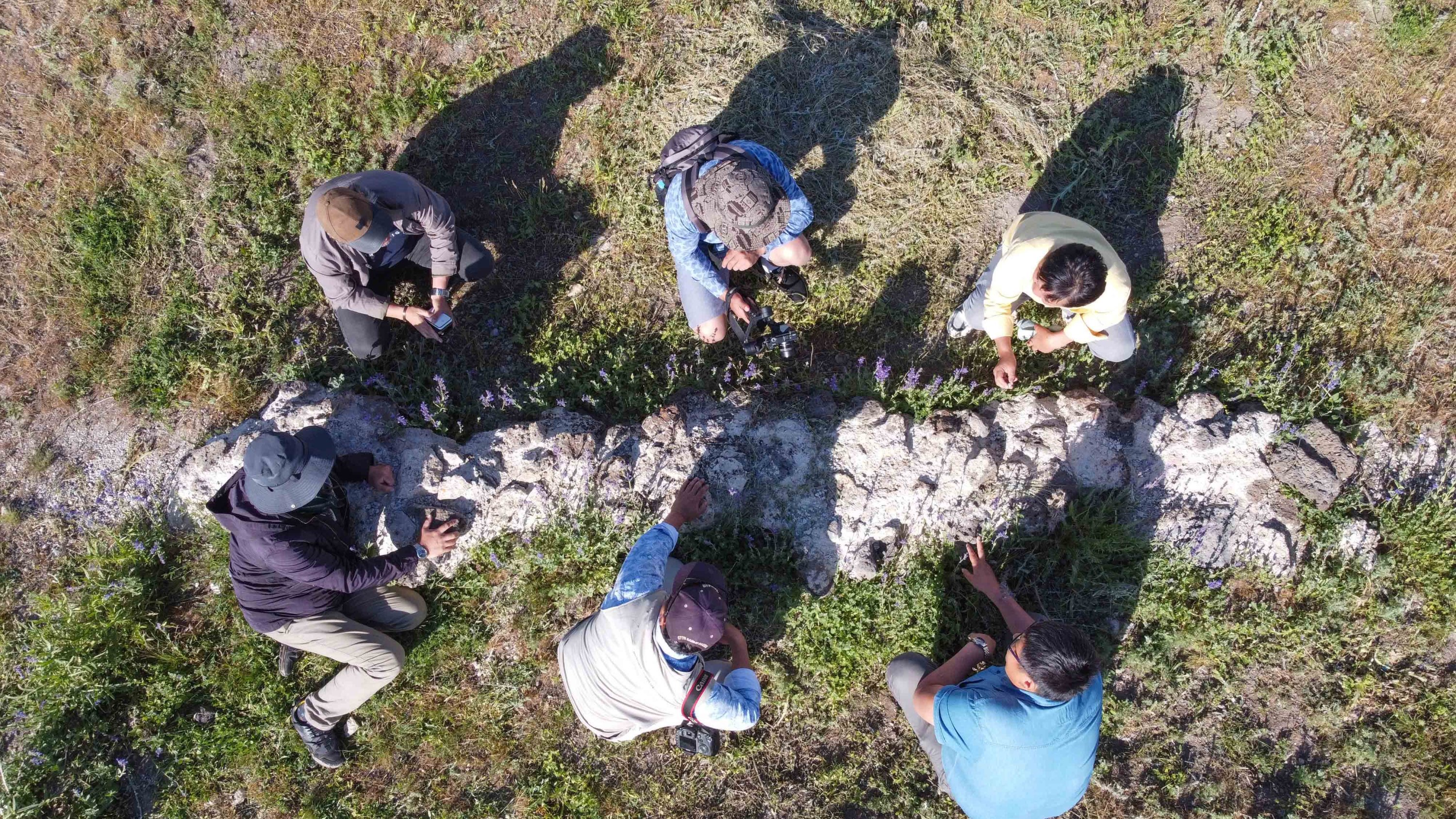
Turkish, Mongolian scientists trace Ilkhanid palace in Turkey's Van Daily Sabah
The Turkic peoples originated, according to Chinese sources, in Mongolia and southern Siberia by the sixth century C.E. [1] Six centuries later, "The tribes of Mongolia have to be described as 'Turko-Mongol,' since it is by no means clear in all cases which were Turkish and which Mongol" as the tribes "intermarried freely."
.jpg)
Eternal Landscapes Mongolia Blogging From The Wild Mongolia's Ger Tuesday's Snapshot
While the first thing that comes to ones mind when they hear the word "Turk" may be the Turkish people and the nation of Turkey, it may come as a surprise to many to hear that the Turkish.
Turkic and Mongolian Empires MapPorn
The Mongols [a] are an East Asian ethnic group native to Mongolia, Inner Mongolia in China, and the Buryatia Republic of the Russian Federation. The Mongols are the principal member of the large family of Mongolic peoples.
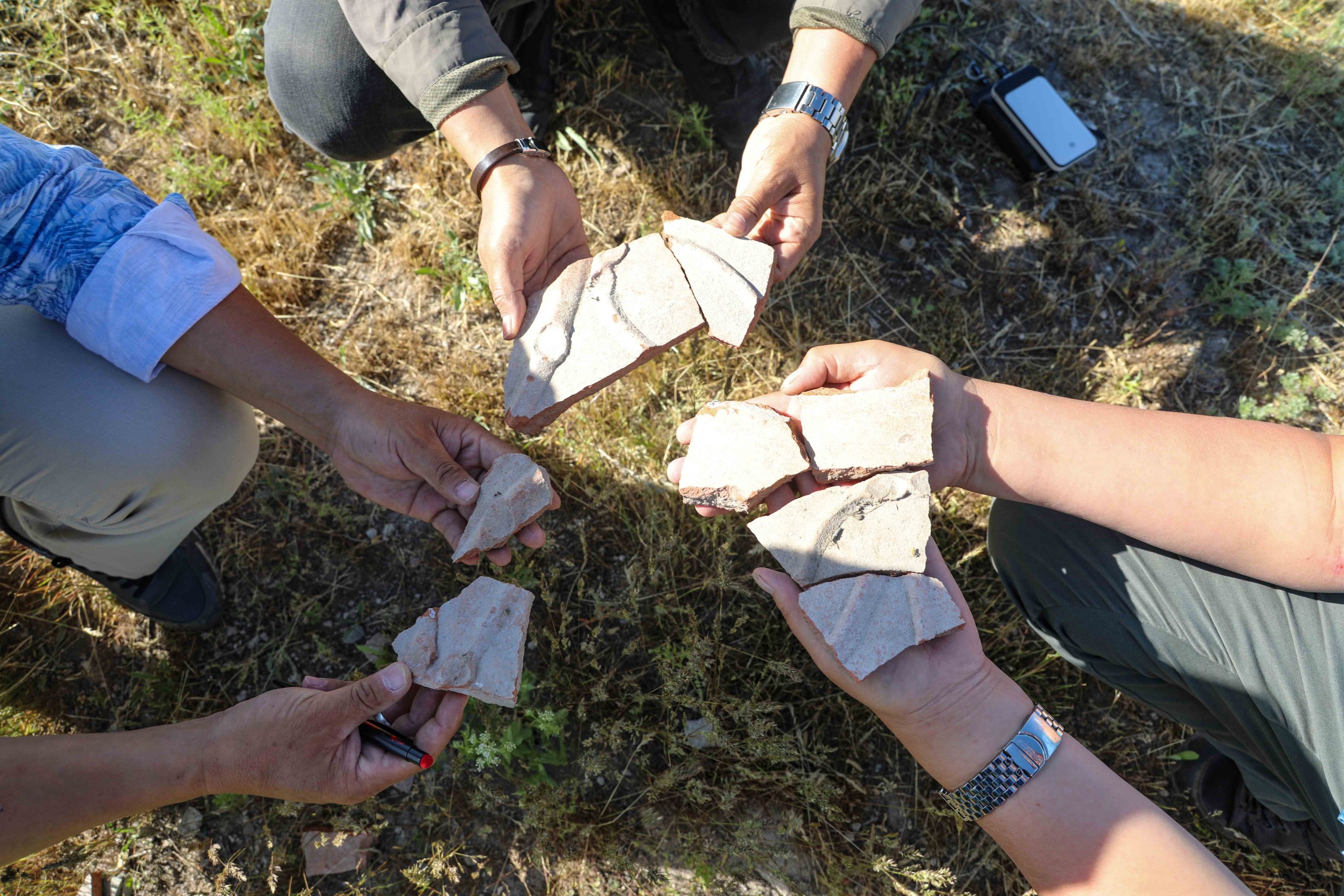
Turkish, Mongolian scientists trace Ilkhanid palace in Turkey's Van Daily Sabah
Turkic peoples, any of various peoples whose members speak languages belonging to the Turkic subfamily of the Altaic family of languages. They are historically and linguistically connected with the Tujue, the name given to the nomadic people who founded an empire stretching from what is now Mongolia to the Black Sea.

Pin by Hellen Rose on Human Beauty Genghis khan, Ancient warriors, Warrior tattoo
The central Asian country Mongolia is home to more than 20 tribes and ethnic groups, some of which are related to neighboring Turkic populations. The main Mongolian people, Khalkha, live in central and eastern Mongolia while the Tsaatan minority lives in the north of the country.

Mongolian Flag, Mongolian Tent, Empire Mongol, What Is A Yurt, Building A Yurt, Airbnb, Grazing
Turkic languages The Turkic languages are a language family of more than 35 [2] documented languages, spoken by the Turkic peoples of Eurasia from Eastern Europe and Southern Europe to Central Asia, East Asia, North Asia ( Siberia ), and West Asia.

Premium Photo Uzbek eastern tatar cuisine cheburek with meat and suluguni cheese top view
asrafael • 8 yr. ago *I did this on my phone and I still have a lot to add, so this is still unfinished for the most part. Turkic and Mongolic populations were historically almost indistinguishable, and lived and occupied the same regions.
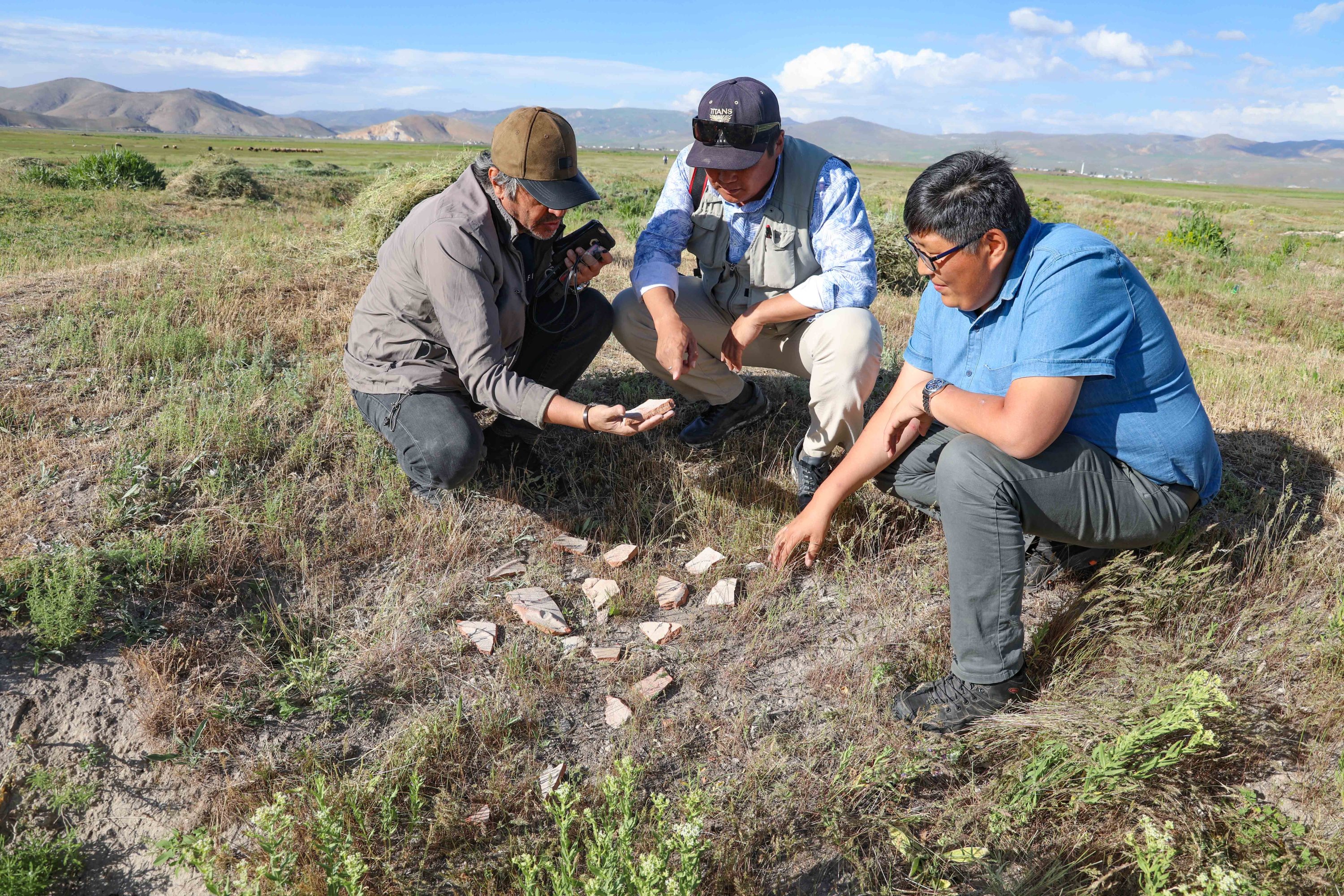
Turkish, Mongolian scientists trace Ilkhanid palace in Turkey's Van Daily Sabah
Learn a new language with Babbel and get your first lesson free: https://bit.ly/2wLmUWxSupport The Polyglot Files on Patreon: https://patreon.com/thepolyglot.

689 Turkish Mongolian Stock Photos Free & RoyaltyFree Stock Photos from Dreamstime
A number of Turkic tribes allied with the Mongol Empire, owning by cultural commonalities; while a number of Turkic tribes rose up and fought against the Mongol rulers, continuing the nomadic traditions. Is Mongolian language Turkic? Mongolian is related to the extinct Khitan language.
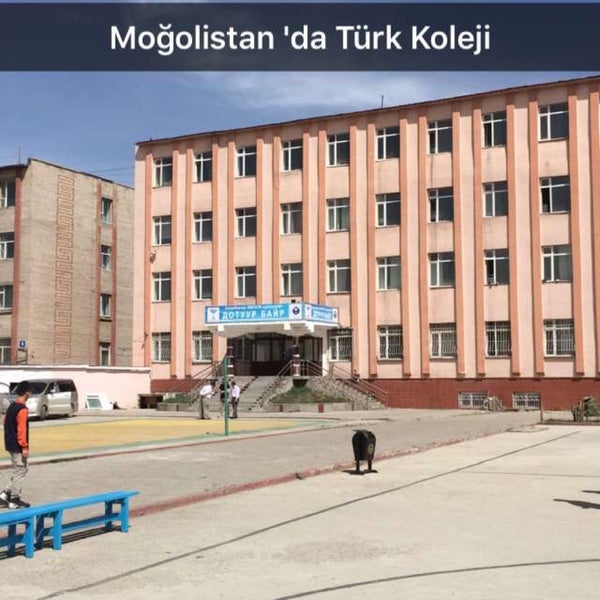
Ulaanbaatar Mongolian Turkish School
Turkic languages The Turkic peoples are a collection of diverse ethnic groups of West, Central, East, and North Asia as well as parts of Europe, who speak Turkic languages. [37] [38] According to historians and linguists, the Proto-Turkic language originated in Central-East Asia, [39] potentially in Altai-Sayan region, Mongolia or Tuva.

Turkish and Mongolian Throat Singer My Ancestor ) Know Your Meme
The Turkic languages are spoken principally in a nearly continuous band from Turkey, Armenia, and Azerbaijan through the Central Asian republics of Kazakhstan, Uzbekistan, Turkmenistan, Kyrgyzstan, and Tajikistan to Xinjiang in China.

Tattoo Finka Mongolian warrior Asya tarihi, Savaşçılar, Zırh
In this study, 176 words that are living in Turkish dialects in Turkey and are also common with Mongolian are identified and variants of these words in Turkish dialects in Turkey are given. Thus.

Mongolian HD wallpapers, Backgrounds
The Turco-Mongol or Turko-Mongol tradition was an ethnocultural synthesis that arose in Asia during the 14th century, among the ruling elites of the Golden Horde and the Chagatai Khanate.